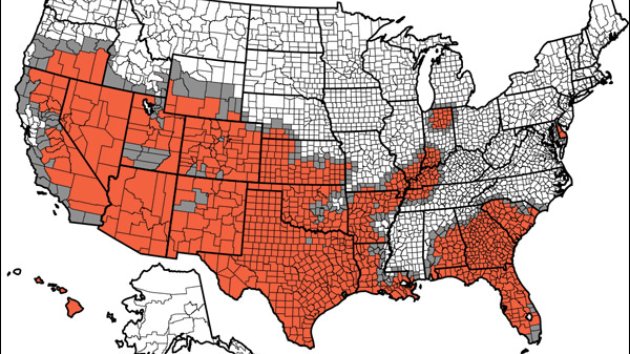Corn
For the last few months, I have been following corn (social media joke avoided). Over that period I have garnered both a bushel of interesting facts (corn pun not avoided), and an attitude. See below.
First, regarding corn…
- In 2010, we planted 88.6 million acres of corn
- In 2011, we planted 92.9 million acres of corn
- In 2012, we planted 96.4 million acres of corn, the most since 1937
- A decade ago an average acre yielded 129 bushels of corn per acre
- USDA began 2012 expecting 166 bushels per acre
- By the beginning of July 2012 , USDA lowered expectations to about 146 bushels per acre. That would yield about 13.35 billion bushels of corn–a record amount for a U.S. harvest
- As of July 13, 2012 USDA cut its forecast to 12.97 billion bushels of corn
- The record crop of 13.1 billion bushels of corn produced was in 2009, so 12.97 billion bushels of corn seems not so bad
- In 2009, we planted 85 million acres of corn
- On July 12, 2012 1,016 counties in 26 states were named natural-disaster areas, due to drought and high heat. This declaration is the largest such declaration ever by the USDA (U.S. Department of Agriculture)
- In 2011, about 5 billion bushels of the U.S. corn crop were used for the production of ethanol
- Also in 2011, another 5 billion bushels of the U.S. corn crop were used for feeding livestock
- A small but rapidly growing market revolves around plastic made from corn
- If there isn’t enough rain to make the (corn) silk come out of the end of the corncob, the pollen will have nothing to pollinate. Or, if the pollen comes out too soon the pollen could be gone by the time the silk appears. In either case, the yields are lowered. Drought and heat affect both processes
- The USDA says the corn crop is maturing 2 weeks earlier this year
The changes we are seeing in corn and food prices are the direct result of anthropogenic forcing of the radiative balance. I am at a loss to explain why leadership with the same access to information (as I) would deny the scientific reality and replace it with economic fantasy. Adjustment to the climate has been our economic truth for over 20 years. Ignoring truth has evolved into an economic, social, political, and national nightmare. Sadly, hiding our collective head in the dirt will soon no longer be an option. Further, those that seek to push your vision into that dirt–by absurd declarations of denial fostered by a cavalier attitude–deserve your ire.
Even a decade ago, we had many more options regarding our societal response to the climate. In the coming decade, we will have hardship and unbelievably difficult decisions about how to manage our economy while supporting the social contract of our nation as we face our changing planet.
USDA Disaster Declaration Map
There is no place to hide from Our Changing Planet

Sorry, the comment form is closed at this time.